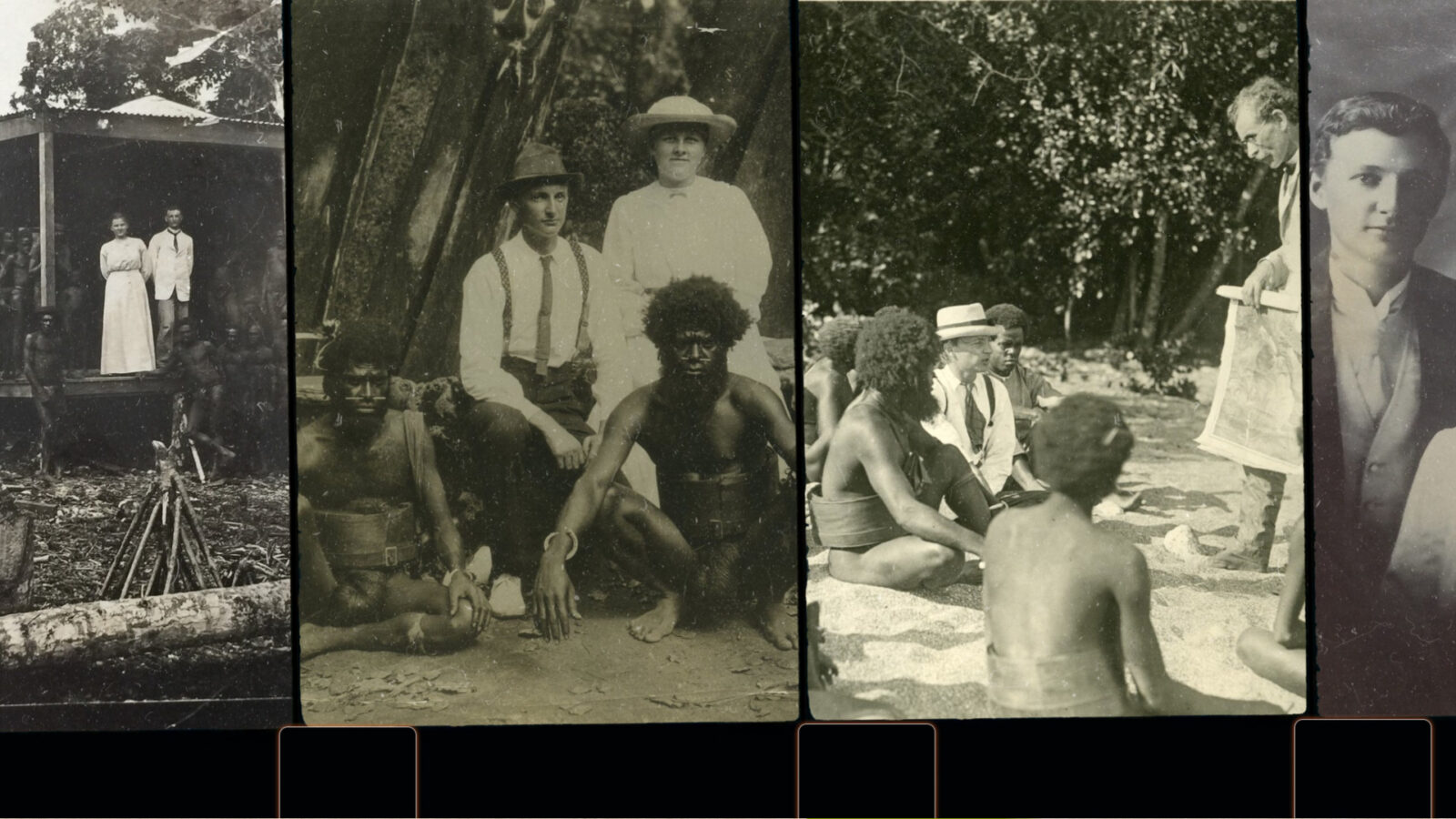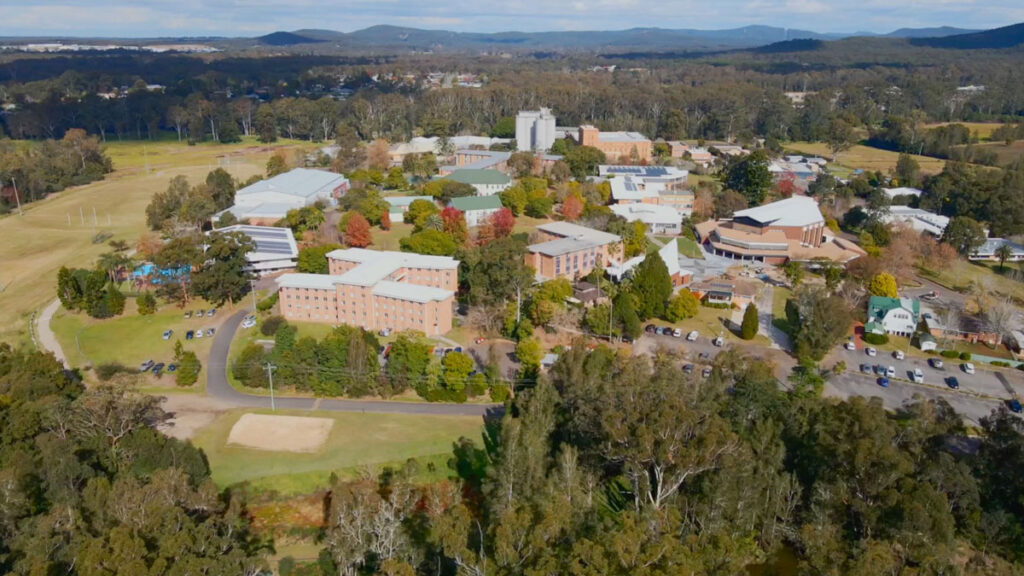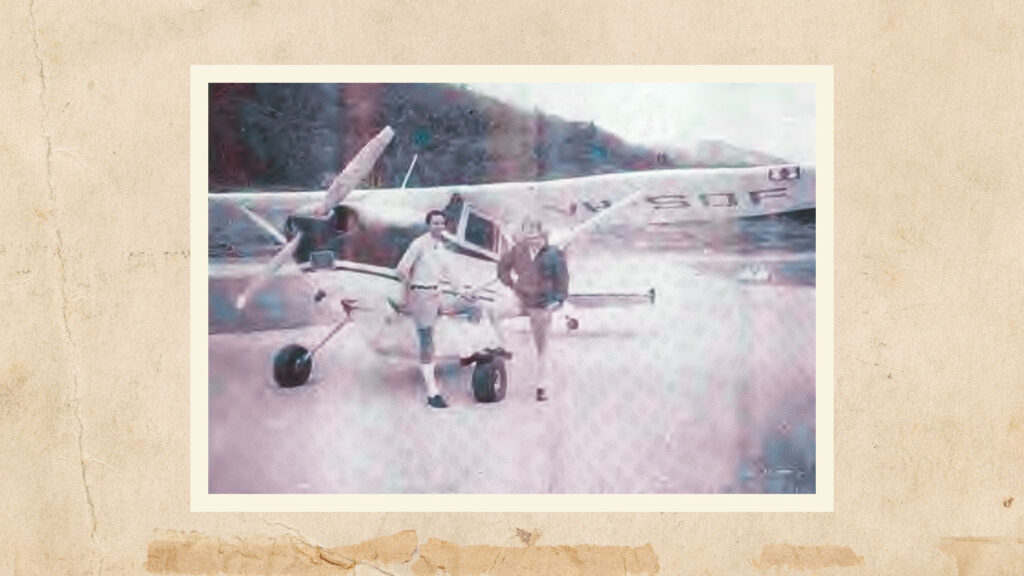The years after World War I saw an increase in mission work in the Pacific Islands. Each issue contained stories about missionaries starting Bible studies, churches, or reaching new villages with the Good News. Here is an example of the commitment and dedication that one missionary had in his efforts to share Jesus with those in Vanuatu.
“Brother Norman Wiles, in writing to the Union Conference Secretary gives us the following information in reference to their situation surrounded by cannibal tribes at war with one another. Brother and Sister Wiles need our prayers especially at this time. Let us remember these dear young workers who at the risk of their lives are planting the standard of the cross in one of the darkest islands of the New Hebrides [Vanuatu]. On February 1 [1920] he writes:
‘You no doubt are acquainted with the reports of the murder of a white man about eighteen months ago which led to our being held back from beginning work at Big Nambus. An expedition followed killing several natives among whom was a brother of the chief in the offending village. The two guilty men have evidently escaped. The chief has mourned his brother, refusing to eat yams along with other things. He says that he wants to eat one white man after which he will don his usual dress, eat yams, and be content. Just recently he handed two cartridges to the same two men who did the shooting before, and told them to shoot the missionary at Ton-maro (Big Nambus). The two men came to within a mile of the mission. When they reached the gardens of the people here, one of the friendly natives fired at a pigeon just at that time which frightened them, and they returned. On the way they met some members of another tribe through whom the news reached us. This is the story we have been told, and it seems quite feasible, although it may not be correct. However, we do not worry as we have a protection which has been already manifested.
The past week or so there has been war between our village and another village inland. The people are all in the village crowded together with muskets ready. Night and day they are on guard for the least sign of trouble. At the last news we heard no one had been seriously hurt. One man had been shot in his leg. Since then no one has been near us and as I have a sore foot I have not been up, so we cannot say how things are. We have heard shots and the tom-toms (wooden drums) beating, which may have meant a cannibal feast’.”
On February 2, Norman Wiles wrote:
“Things are still unsettled, there having been no communication between the two villages. Some of the natives have ventured out in search of food only to hurry home again as soon as possible. The old chief became concerned about our safety and feared lest the Amoh people would shoot us. He asked some of the men to come and guard us, but as none seemed willing, he came himself with two others.”
Only a month after Norman’s letter was printed in Record, the following was reported:
“A wireless message from Pastor A. G. Stewart, which reached the office on May 26, announced the sad news that Brother Norman Wiles died on May 5 amongst the Big Nambus people, a victim of the black water fever. Our hearts go out in deepest sympathy to Sister Wiles. As far as we can judge she was alone with her husband in his dying hour. Her only earthly comforters would be the natives.”
This is just one story of the early mission work in the Pacific. Many missionaries gave and lost their lives to share the Gospel in what were dangerous environments.






